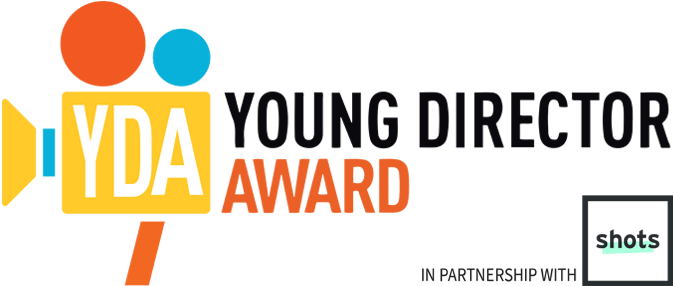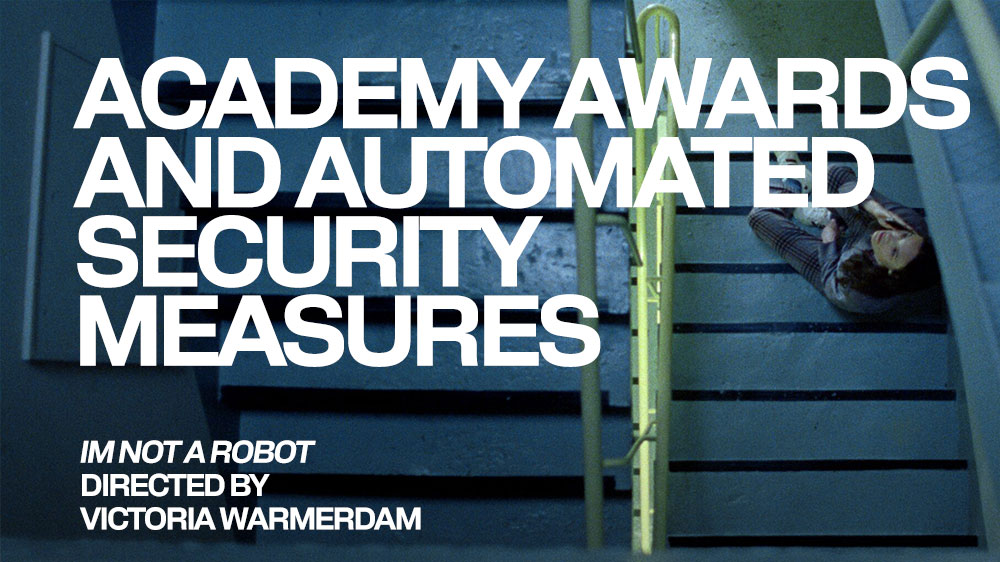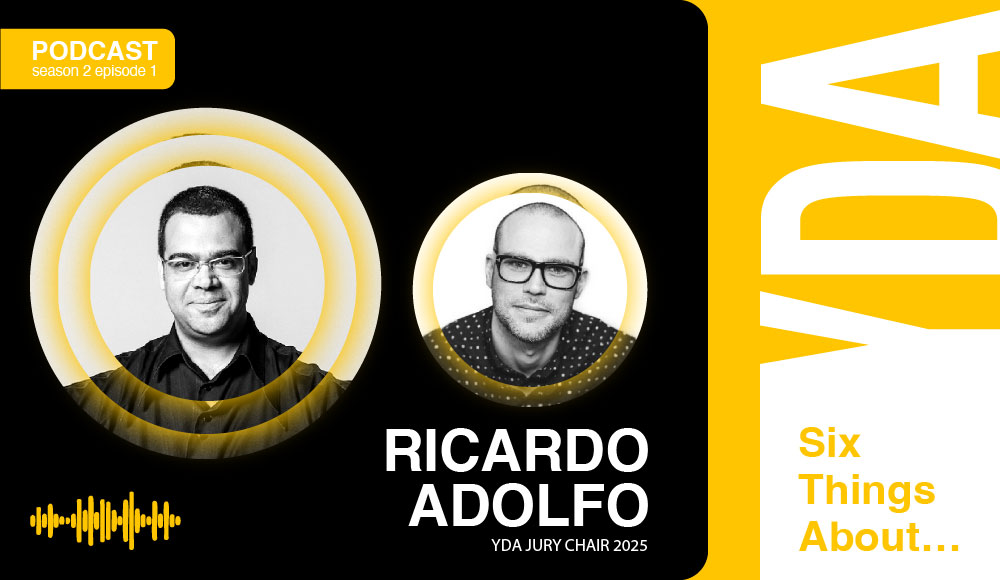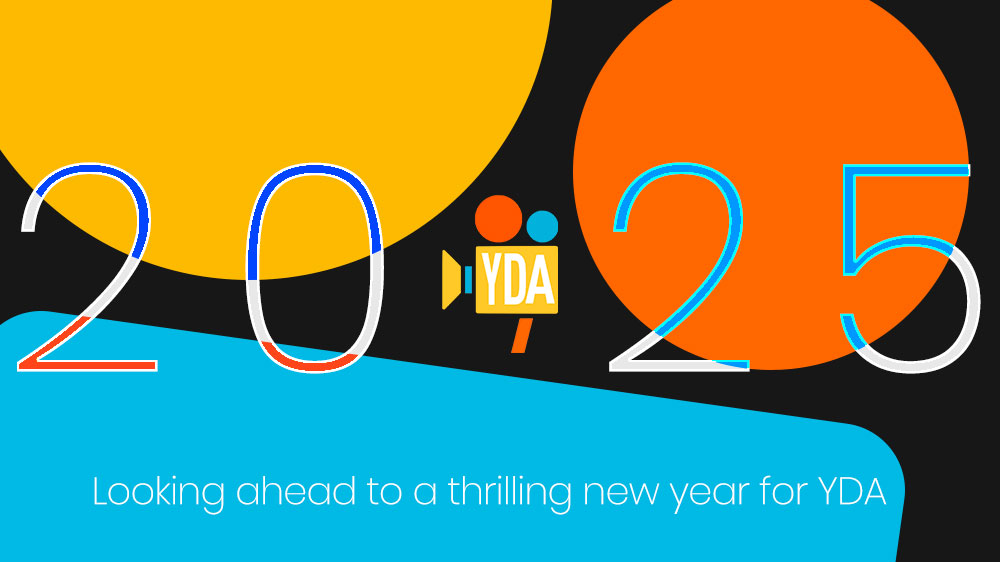Clinching not just one but FOUR Golds, plus the Special Jury Prize, OAK Motion Pictures director Victoria Warmerdam’s darkly comedy short, I’m Not a Robot, draws inspiration from CAPTCHA technology, vintage sci-fi aesthetics and psychological thrillers to address feminist themes of identity and objectification.
Have you always known you wanted to be a director? What’s your favourite part of the directing process?
I decided I wanted to become a director when I was twelve years old. I was captivated by the magic of film and its ability to transport you to another world, but had no idea of what it actually entailed. Today, I’m still mesmerised by that magic. One of my favourite parts of the directing process is choosing the right cast and crew with my producer.
There is so much talent to choose from that I always feel like a kid in a candy store. It’s the most fulfilling feeling to bring together the right people with the same sensibilities, who will best serve the story I want to tell.
What does it mean to you to win not just one, but four YDA Golds?!
It’s insane! I didn’t know my producer had applied for the YDA, so being nominated in all of these categories was already a really nice surprise. I had never thought about the possibility of winning them all. It’s such a heartwarming feeling to know that people from the industry are appreciating this piece of film, especially because I know they’ve watched so many films.
Trailer for I’m Not a Robot
What were your inspirations for I’m Not a Robot?
The idea came when I was trying to get through some CAPTCHAs (tests used on websites to verify that you’re human by identifying images) but kept failing. This simple starting point resulted in a cinematic world where humans and humanoids, indistinguishable from humans, coexist. For the overall design, we drew inspiration from a nostalgia for vintage and retro aesthetics, countering this fast-changing sci-fi world.
Regarding the cinematography, my DP Martijn van Broekhuizen and I drew inspiration from the eerie atmosphere of the psychological thriller series Homecoming (season 1, created by Sam Esmail). While I’m not a robot is a dark comedy, I wanted the cinematography to serve the drama instead of the comedy. After all, for the main character – who sets out to find out if she’s a robot – there is nothing funny about the whole situation.
While being a comedy, the film has some quite dark underlying feminist themes. Can you explain more about that, and how you balanced this with the comedy aspect?
Although the idea for this short film started as a joke, I immediately knew that I wanted to explore what it means to question your own humanity, or more specifically, to reluctantly set out to answer the question of whether you have been bought by your own partner.

What if you were literally being objectified? I think comedy and dark themes can go together perfectly because they are so closely related. Humour is pain and pain is humour.
Could you tell us about the casting process and how you chose your key actors?
When I had the idea for this short, I immediately thought of Ellen Parren as the lead. She had been on my radar for a long time because of her brilliant timing and her ability to take comedy super seriously. So even before there was a script, I asked her if she would be interested in me writing this film for her, and she was.
The actor who plays her boyfriend, comedian Henry van Loon, was already my muse – I wrote my previous two short films for him. I wrote most of the other actors’ parts for them as well. Some actors I had worked with before, and others were on my wish list. I always keep the actors in mind during the writing process, so I can hear them speak and make full use of their talents.
You won the Gold award for Creative Use of Sound, can you talk us through how sound was used to add depth to the story?
I noticed that in my previous shorts, music and sound design didn’t play a huge role. They were always in service of the dialogue, which is a big part of my films. This time, I aimed to discover the synergy between the musicality of speech and composed music, allowing the two to coexist and enhance one another.
So before I wrote the script, I approached composer Merlijn Snitker, whom I had worked with before, and brainstormed with him about the concept. While I started the writing process, he started composing, so we could inspire each other. Some of the early score was integrated into the film. This proves my philosophy that the earlier the crew gets involved, the more unified the end result will feel.
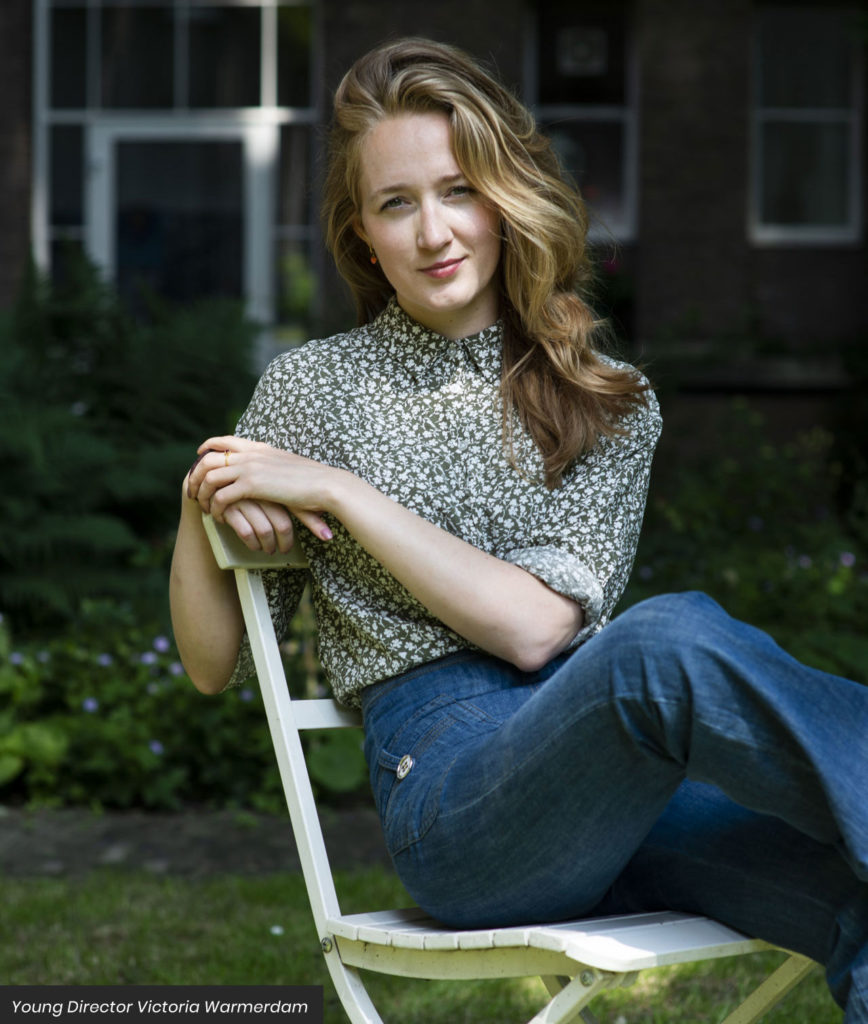
How long did it take you to make the film, and what was the most challenging aspect of its creation?
It took us a couple of years because we had to postpone the shoot a couple of times due to Covid. Of course, it’s quite disappointing to cancel a shoot a day in advance, but since you can’t do anything about it, it was not the most challenging thing. That was the editing process.
I’m usually my worst critic in the edit because the edit can be quite confronting. For the biggest amount of time during the creation process, your film is just this hypothetical next great thing, but when you’re in the edit suite, it’s just what it is, and you now have to make the most of it.
For the first 70% of the edit, I thought I had made the worst film ever. I even asked my producer: if this is not going to work, do I have to release it or can I just put it on the shelf? I always ask people to see through the edit, but apparently, I can’t do it myself, haha. Especially in comedy, timing is so critical. It can really be a matter of one frame more or less. Only in the last days of the edit, when we found the right rhythm and flow, and things were more in proportion, I realised: maybe it’s not as bad as I thought.
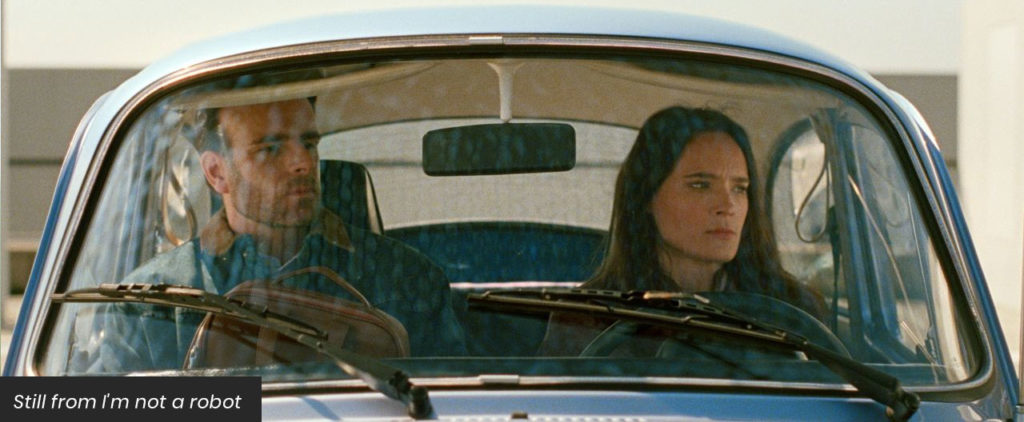
What have you learned from making this film?
I learned a lot, but one of the most important things was that I wanted to challenge myself with this new project by trying new visual techniques.
For example, shooting the film on 35mm was great for the aesthetic and the focus on set, but it was also nerve-wracking when I realised I could see very little on the monitor and had to make tough choices due to the limited number of reels. It was terrifying, but incredibly enlightening.
What are you working on at the moment? What do you hope the future holds?
I’m writing two feature films at the moment: one in Dutch, my first language, and one in English. It’s incredibly interesting to write in another language. At first, I felt really limited. Usually, language – and therefore communication – is my superpower as a writer and director. I was frustrated by the fact that in English, I’m far less nuanced and articulate.
But now, I can see the advantages. Writing in a different language means that every decision, every word I choose, is even more deliberate. I can’t hide behind lazy automatisms that can creep into language. This actually suits my working style, as I like to be very precise about everything I do.
Although the two feature films are taking up quite a bit of time, I enjoy combining this with commercial work. It’s a great opportunity to be on set, get to know the cast and crew, and experiment. Thanks to the YDA Golds, I meet commercial production companies from around the world, and I can’t wait to dive into an international project.
Interview by Amy Hey shots
